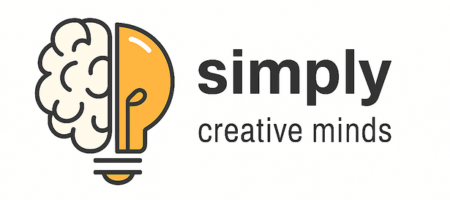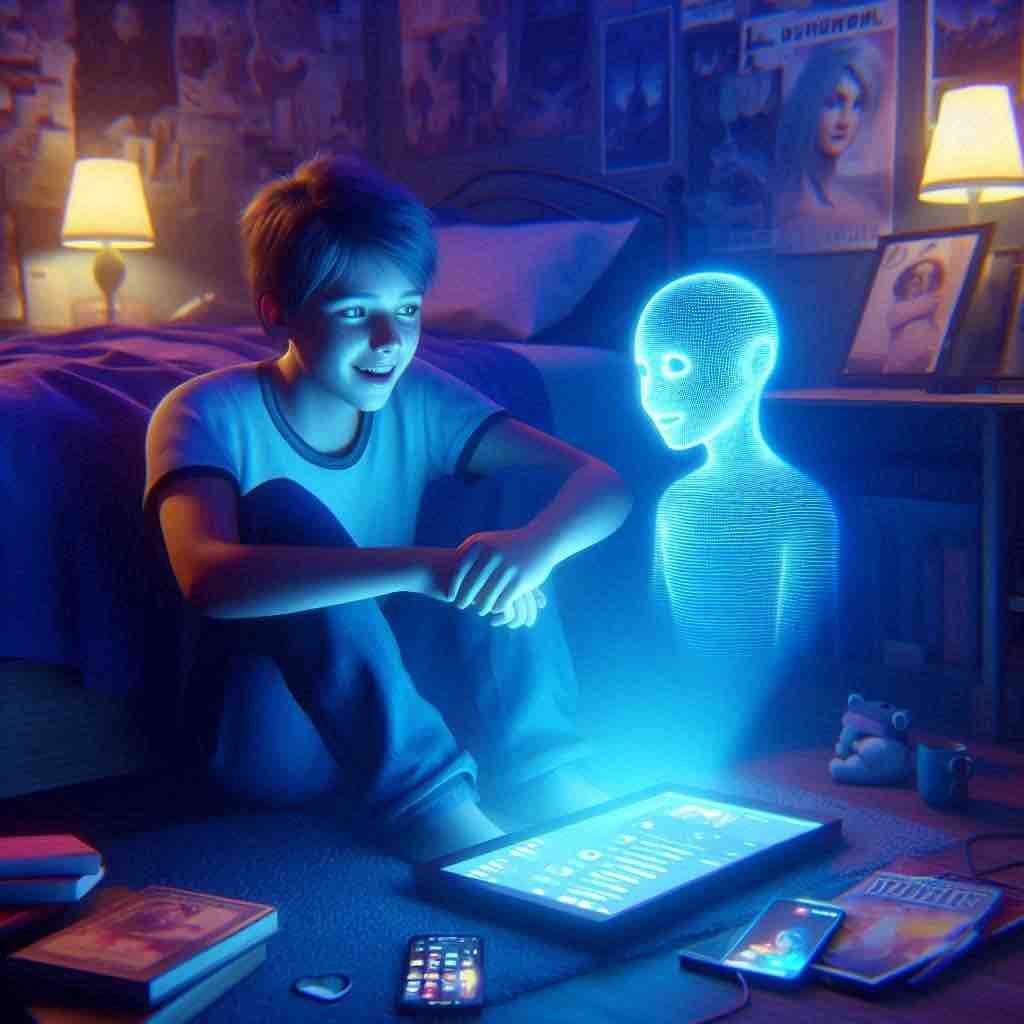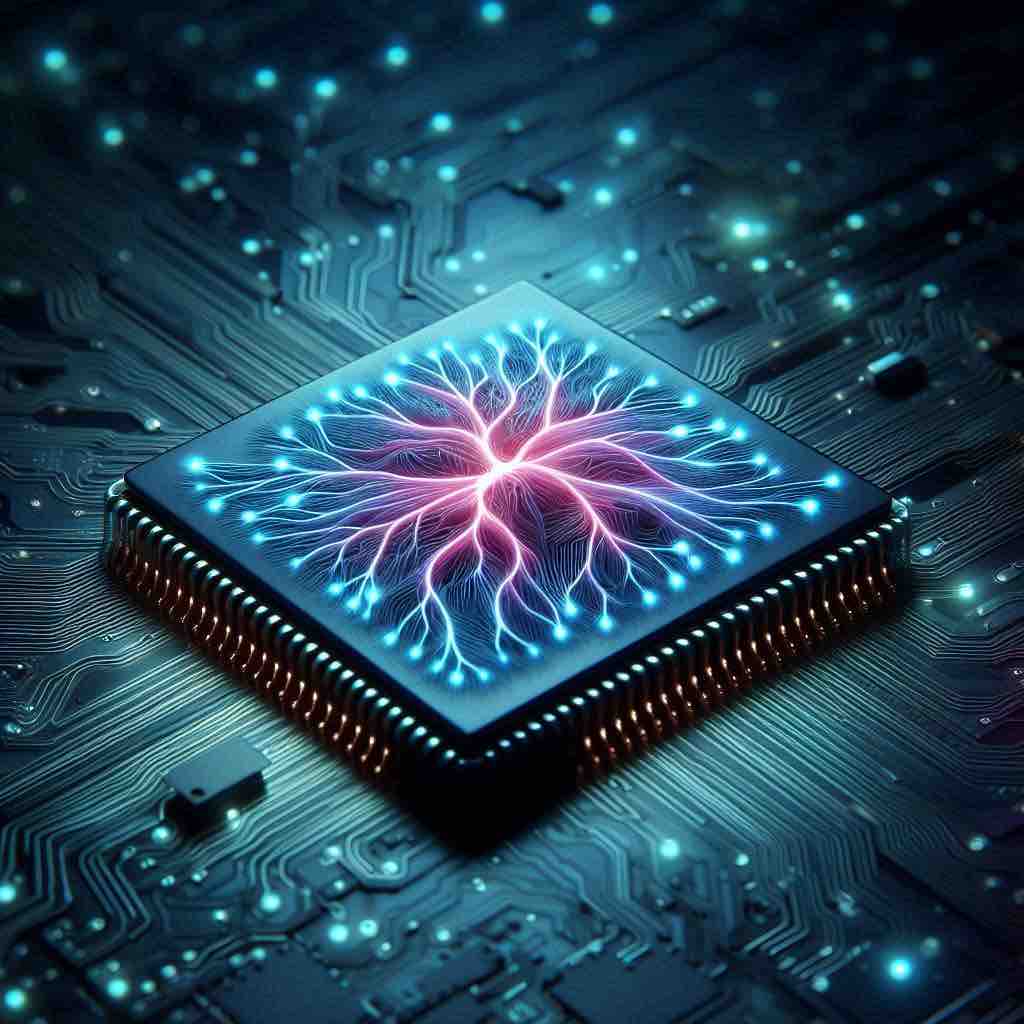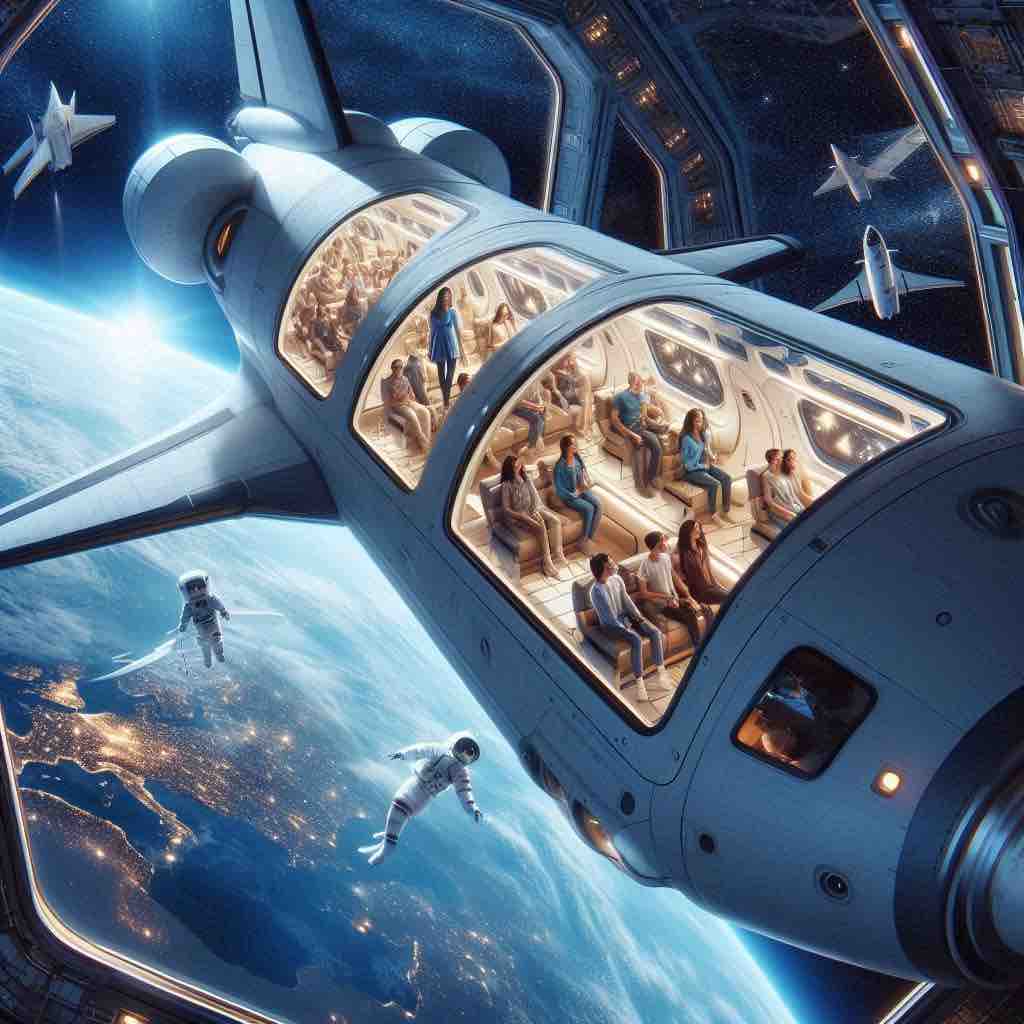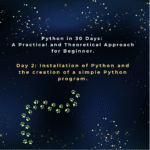What is Python?
If you’ve ever wondered, “What is Python?“, you’ve come to the right place. Answering the question of what Python is involves understanding its history and design philosophy. Python is an interpreted, object-oriented, high-level programming language with dynamic semantics. It was created by Guido van Rossum and first released in 1991. As of 2025, Python continues to be the most popular programming language in the world, renowned for its simple, elegant syntax and massive versatility.
In simple terms, Python is a programming language that is celebrated for being incredibly easy to learn and read. Its syntax uses a clean, English-like structure, which makes it far more accessible to new programmers compared to other languages like Java or C++. This focus on readability wasn’t an accident—it was a core part of its design philosophy. The result is a language that allows developers to write clear and logical code for both small scripts and large-scale projects.
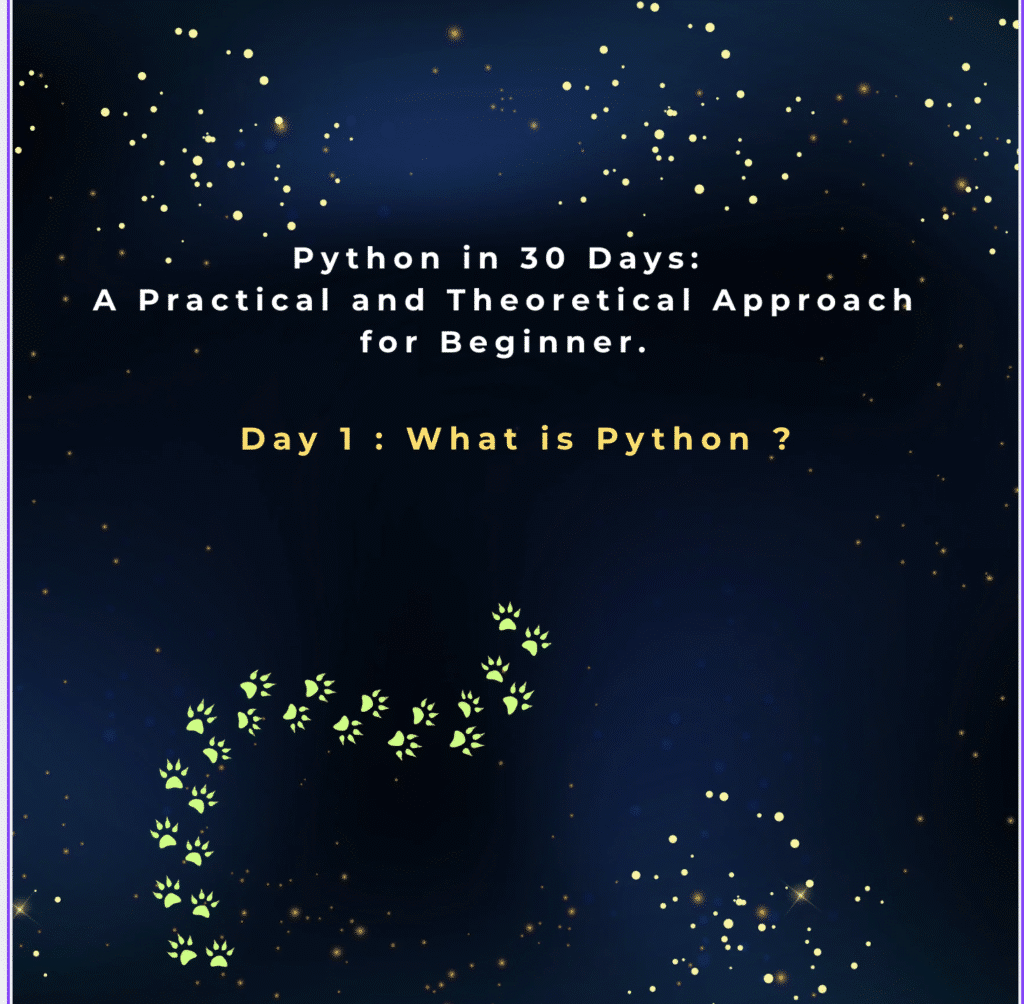
The Key Features That Make Python a Top Choice

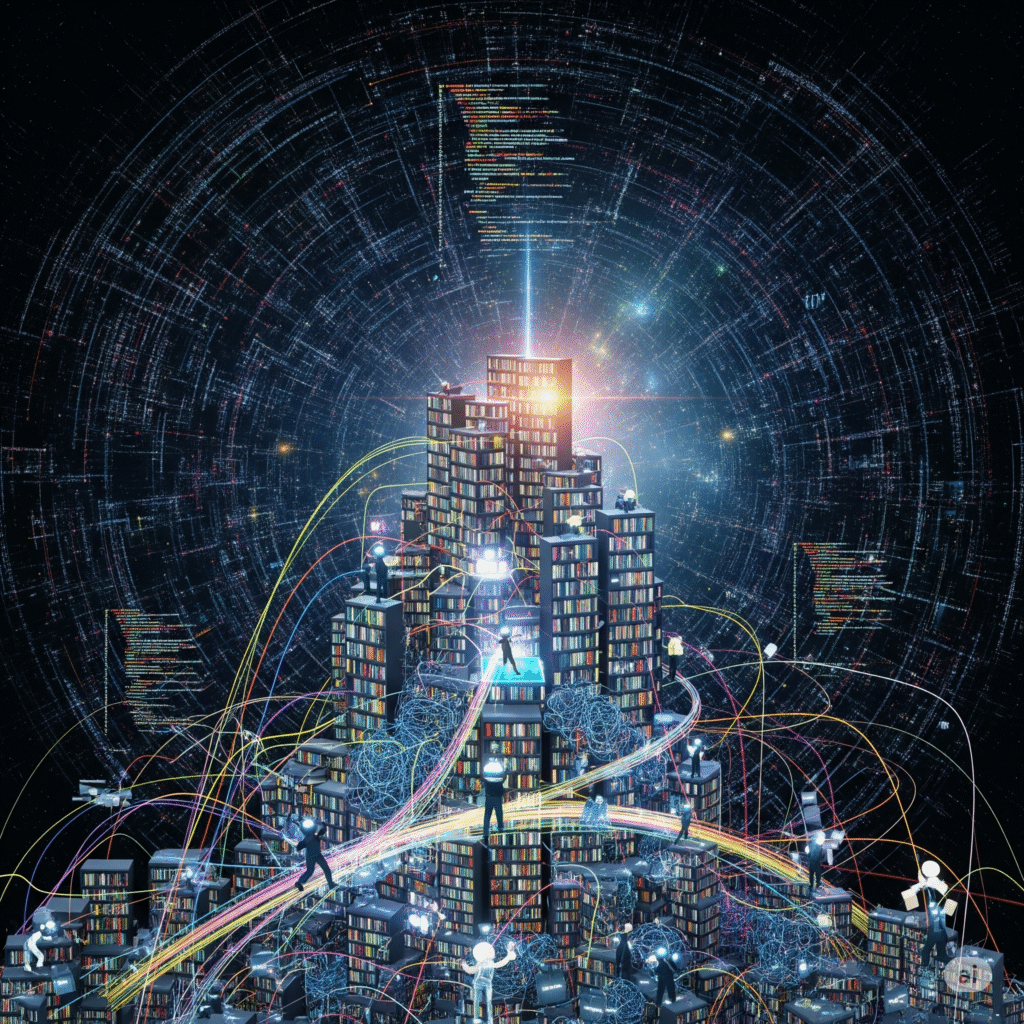
When you explore what Python is, its powerful combination of features immediately stands out, making it an essential tool for developers and beginners alike.
- Readability and Simplicity: Python’s use of indentation to define code blocks enforces a clean, consistent style. This not only makes the code visually clear but also reduces the chances of errors and makes it easy for others to understand and collaborate on.
- Vast Library Ecosystem: One of Python’s greatest strengths is its enormous collection of libraries and frameworks. These are pre-written modules of code that save you from reinventing the wheel. For example, you can use a library to perform complex data analysis, build a website, or create a video game—all without starting from scratch.
- Platform Independence: Python is a cross-platform language. This means you can write a program on one operating system (like Windows) and run it on another (like macOS or Linux) without needing significant changes to the code.
- Strong Community Support: Python has a large, active, and helpful community. This means that if you ever get stuck or have a question, you can easily find answers through extensive documentation, online forums, and tutorials. This supportive ecosystem is a huge advantage for anyone just starting their coding journey.
What Can You Build with Python?
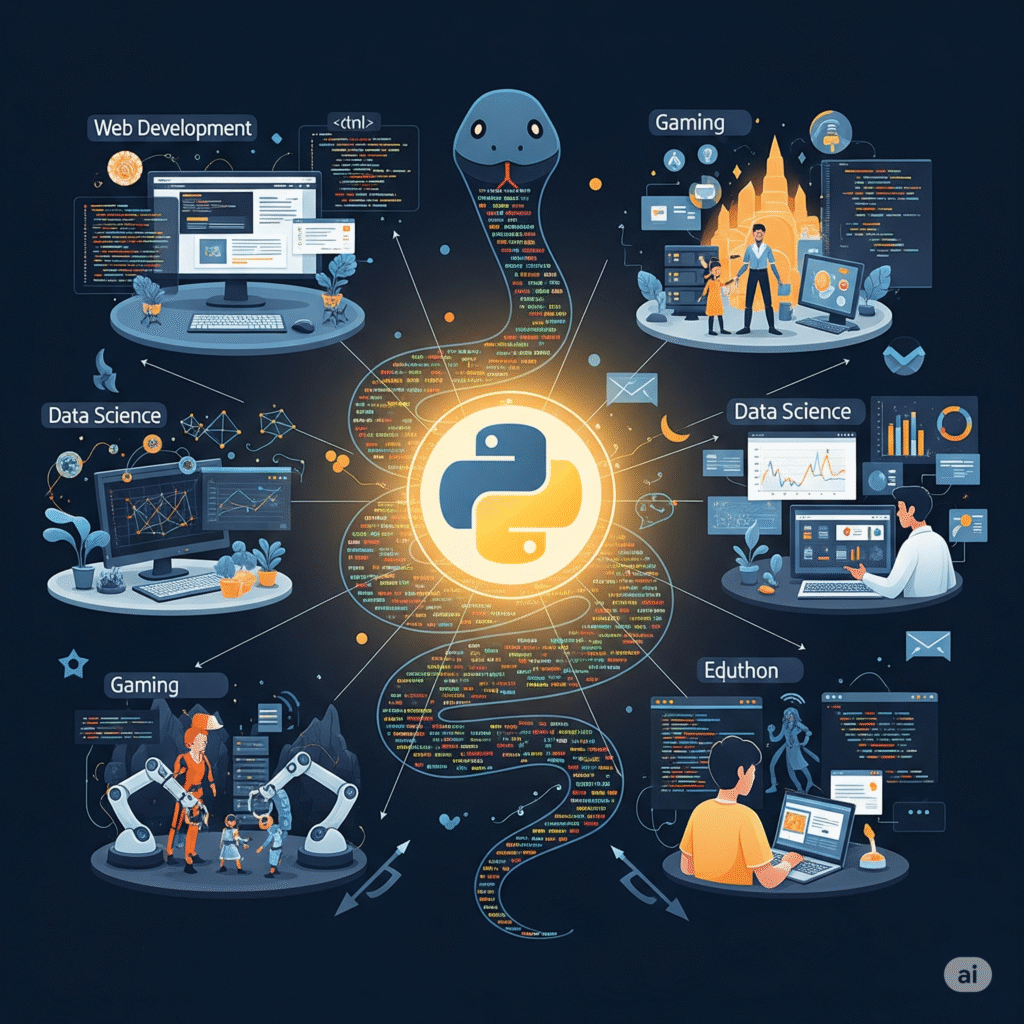
Python’s versatility has earned it the nickname “the Swiss Army knife of programming languages.” There is a strong chance that the app, website, or tool you are using today was built with Python in some capacity.
- Web Development: Python is a powerhouse for backend web development. Frameworks like Django and Flask provide robust tools for building everything from simple websites to complex web applications. Many major companies like Instagram and Spotify rely on Python to run their services.
- Data Science and Machine Learning: This is one of the biggest reasons for Python’s recent surge in popularity. Its simplicity and rich set of libraries like NumPy, Pandas, and Matplotlib make it the go-to language for data analysis, visualization, and machine learning. In 2025, it continues to be the language of choice for AI and machine learning frameworks like TensorFlow and PyTorch.
- Game Development: While not its primary use, Python can be used to create video games. The Pygame library offers a great way for beginners to get into game development and learn programming concepts in a fun, interactive way.
- Automation and Scripting: Because of its straightforward syntax, Python is perfect for writing scripts to automate tedious, repetitive tasks. Whether you want to sort files, scrape data from websites, or send automated emails, Python can handle it all with just a few lines of code.
Getting Started with Python in 2025
For aspiring developers, the first step is to download and install Python. The good news is that as of 2025, you should exclusively focus on learning Python 3. Python 2 officially reached its end-of-life in 2020, and all modern libraries and development tools are now built for Python 3.
You can download the latest version of Python directly from the official website. The installation process is straightforward, and once it’s complete, you can write your code in a simple text editor, or for more advanced projects, a dedicated IDE (Integrated Development Environment).
A New Age of Exploration
The field of Python programming has matured significantly since its inception in 1991. The language is faster, smarter, and more reliable than ever. It provides the ideal entry point for anyone looking to start a career in technology, pursue a new hobby, or simply learn a valuable skill.
The journey of learning Python is an exciting one, and this “30 Days of Python” series is designed to be your roadmap. As technology advances, Python’s role in fields like AI, data science, and automation is only set to grow.
The real question is: Are you ready to start your journey into the world of coding?
The Best Healthy Lemonade Recipe for Hydration & Immunity
Introduction Your…
Roar with Dinosaurs: An Exciting Coloring Book for Kids: Color Your Favorite Dinosaurs in a Prehistoric World
“Roar with…
Creatures in Color: An Animal Coloring Book for All Ages: An Animal Coloring Book for Kids and Adults – Unleash Your Imagination! (Animal Coloring Book, Kids Ages 2+)
Create, doodle,…
The Rise of AI Companions: Are Virtual Friends Replacing Real Ones?
Introduction As…
Neuromorphic Chips: Mimicking the Brain to Supercharge AI
Introduction Artificial…
Space Tourism in 2025: From Dream to Reality
Introduction For…
